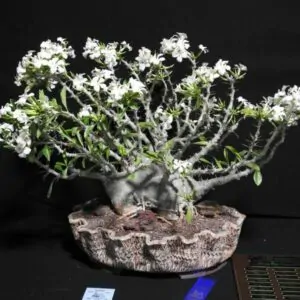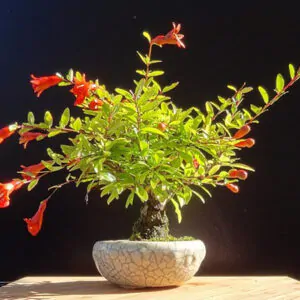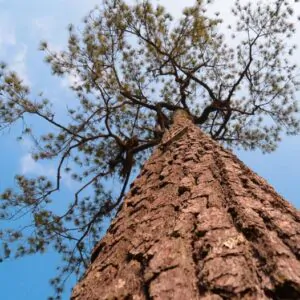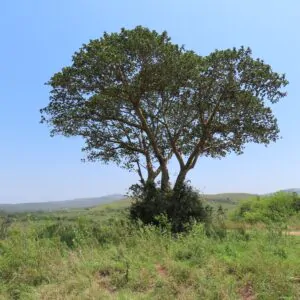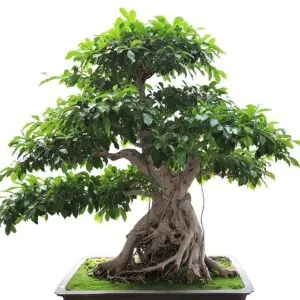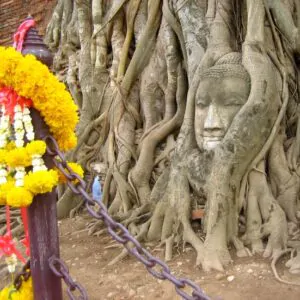$5.99
/ per pack
Choose seeds per pack:
Botanical Nomenclature: cedrus deodara
Common Name: himalaya cedar – deodar (your native name)
Family: Pinaceae
Height: 40-60 meters high and trunk over 3 meters in diameter.
Brightness: Full Sun
Origin: pakistan, west of himalaya, india
The species is widely cultivated as an ornamental tree and for the beauty of its hanging branches.
It is commonly grown in the Mediterranean region, around the Black Sea, in southern and central China, Texas and South Africa.
Its historical use for building religious temples and in landscaping around these temples is well known around the world.
Its wood is highly resistant and, due to its durability character, the demand as a building material is huge.
In Pakistan and India, during the British colonial period, deodar wood was used extensively for the construction of barracks, public buildings, bridges, canals and railroad cars. In Srinagar and Kashmir her resistance made her ideal for building the well-known houseboats.
Its oil, woody odor, is widely used in perfumery, soaps, cleaning products, floor polishing and insecticides (as insects avoid this tree, its oil is used as insect repellent in horses, cattle and camels).
The deodar tree is the national tree of pakistan.
A little of history….
Among Hindus, as the etymology of deodar suggests, it is worshiped as a divine tree. Deva, the first half of the Sanskrit name, means divine, divinity or god. Daru, its second part, connotes tree, wood.
Its Sanskrit name devadãru means “wood of the gods”, deva (god) and daru (wood).
To please Lord shiva, the sages had the habit of practicing meditation in the deodar forests; just as ancient Hindu texts mention these forests as a sacred place.
Below some photos, a short trip on how to use the species landscaped
| Weight | N/A |
|---|
